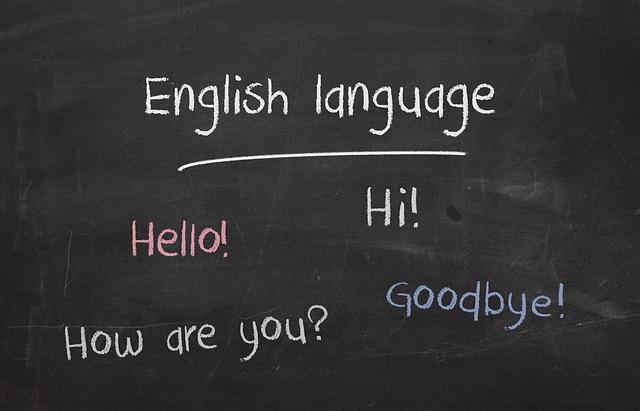The Politics of Language and Ethnicity in Pakistan
Pakistan is a mosaic of cultures, languages, and ethnicities, each contributing to the country’s rich identity. The interplay between language and ethnicity significantly influences the political landscape, social dynamics, and overall governance. Understanding this complex relationship is crucial for grasping the intricacies of Pakistan’s national identity and political affairs.
Understanding Language and Ethnicity in Pakistan
Pakistan is home to over 70 different languages, with Urdu and English being the official languages used in administration and education. The predominant ethnic groups include Punjabis, Sindhis, Pashtuns, Baloch, and Mohajirs. Each of these groups possesses its unique linguistic and cultural identity, fostering deep-rooted affiliations and sometimes leading to conflict.
The Role of Language in Politics
Language serves as a powerful tool in political mobilization and identity formation. In Pakistan, political parties often use language to rally support:
- Urdu: As the lingua franca, Urdu is used by political actors to connect with a diverse population.
- Regional Languages: Parties like the Muttahida Qaumi Movement (MQM) utilize Sindhi, Urdu, and Mohajir dialects to advocate for local issues.
- Language Policies: Government policies regarding language education can influence ethnic pride and political allegiance.
Case Studies: Language and Ethnicity in Action
1. The Punjabi-Dominated Politics
The Punjab region is the most politically influential province, primarily due to its large population. The dominance of the Punjab in national politics often leads to perceptions of neglect among smaller ethnic groups.
2. Sindhi vs. Mohajir Tensions
In urban Sindh, particularly Karachi, the Sindhi and Mohajir communities have experienced political and ethnic tensions. Political parties like the MQM have historically mobilized the Mohajir population by emphasizing Urdu as a means of cultural identity.
3. Balochistan’s Struggle for Recognition
The Baloch people face challenges in asserting their linguistic and cultural identity. The marginalization of the Balochi language and culture has fueled demands for autonomy and recognition within Pakistan.
Impact of Language Politics on Social Cohesion
The politics of language can either bridge divides or exacerbate tensions. Here are some effects:
- Social Fragmentation: Language-based discrimination can lead to societal divisions and isolation.
- National Unity: Promoting a common language like Urdu encourages unity, but may alienate non-Urdu speakers.
- Cultural Appreciation: Multilingual policies can enhance cultural exchanges and mutual respect among ethnicities.
Benefits of a Multilingual Society
A diverse linguistic landscape can offer several benefits to nations like Pakistan:
| Benefit | Description |
|---|---|
| Cultural Richness | Varied languages contribute to a rich tapestry of cultural expressions. |
| Increased Tolerance | Awareness of multiple languages fosters compassion and understanding. |
| Economic Opportunities | Bilingualism can enhance employability and create business synergies. |
Practical Tips for Navigating Language and Ethnicity in Pakistan
Engaging in Pakistan’s culturally and linguistically diverse environment can be enriching. Here are some practical tips:
- Learn basic phrases in local languages to connect with different communities.
- Participate in regional cultural events to gain a richer understanding of different ethnic identities.
- Stay informed about language policies and their impact on various communities to foster inclusivity.
Conclusion
The politics of language and ethnicity in Pakistan presents a complex interplay that shapes national identity, social interactions, and governance. While language can be a source of conflict, it also holds the key to unity through appreciation and understanding of diverse ethnic backgrounds. By embracing this diversity, Pakistan can pave the way for a more inclusive society that values all its linguistic and cultural heritage.



